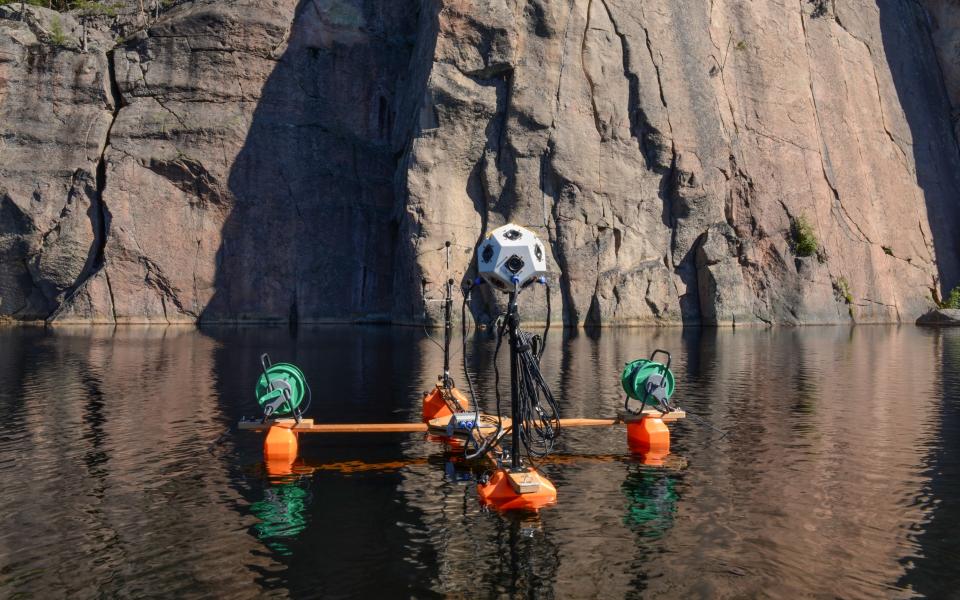Echoes of the Past: The Unique Acoustics of Finnish Prehistoric Rock Paintings

**Finnish prehistoric rock paintings, dating back to 5000–1500 BCE, are found in acoustically special environments along lake cliffs.** These smooth surfaces generate strong echoes, described by researchers as 'auditory mirror images,' which replicate sounds with remarkable clarity. When prehistoric people approached these sites by water, they entered a unique sensory realm where sounds seemed doubled, potentially making it feel as if painted figures communicated back. *Archaeologist Riitta Rainio explains that the echoes were likely perceived by people of the past, making the painted scenes seem lively and interactive.* The study includes digital reconstructions and impulse response recordings to make these acoustic qualities accessible to the public, giving us a glimpse into this auditory world. Researchers like ethnomusicologist Julia Shpinitskaya highlight how these sound reflections played a role in the activities at these sites, suggesting the cliffs might have been perceived as energetic and active. This study is part of a broader research initiative funded by the Academy of Finland, exploring acoustics at hunter-gatherer rock art sites.